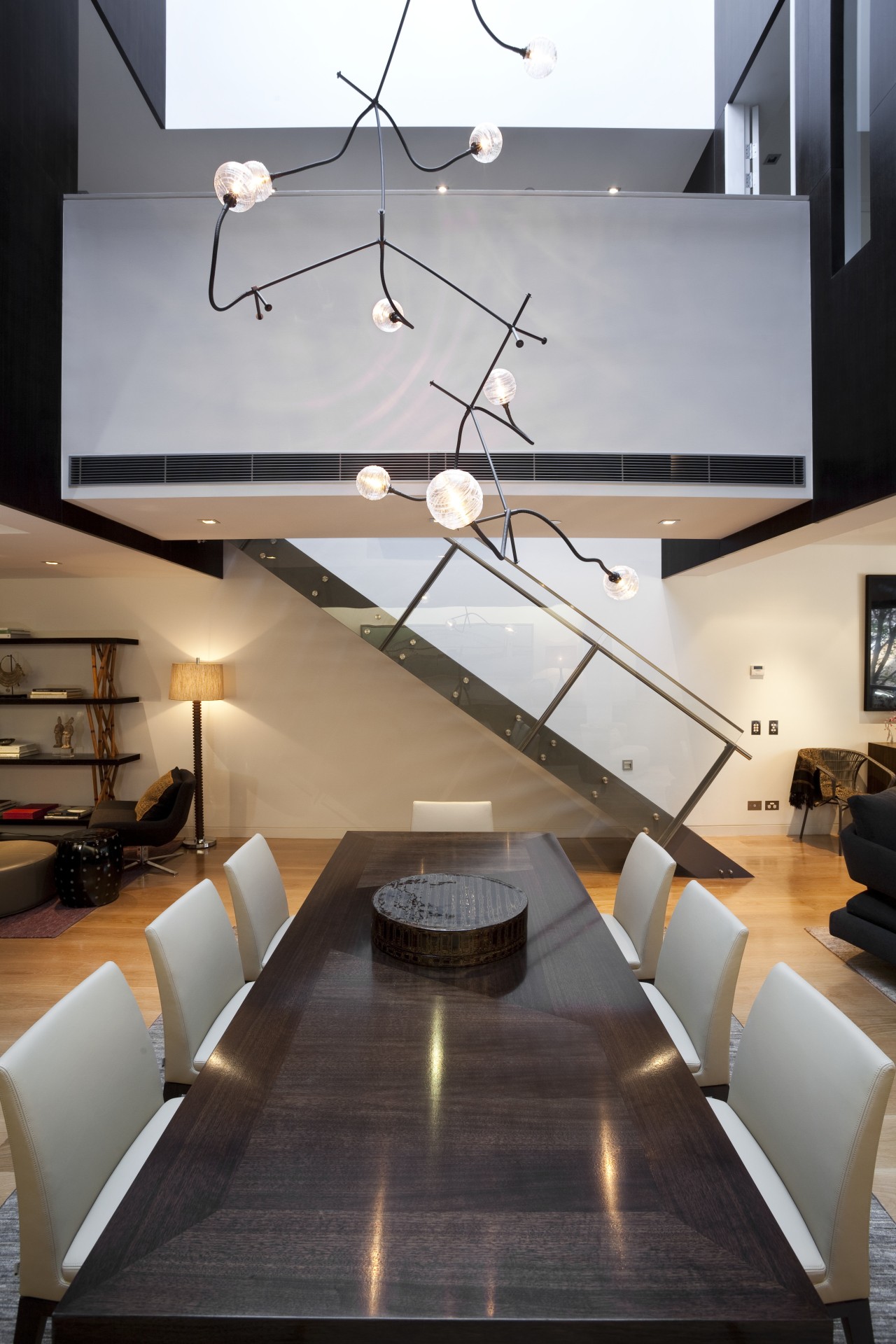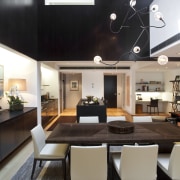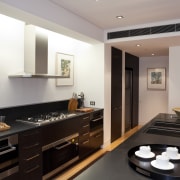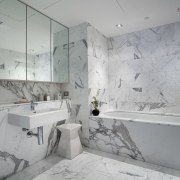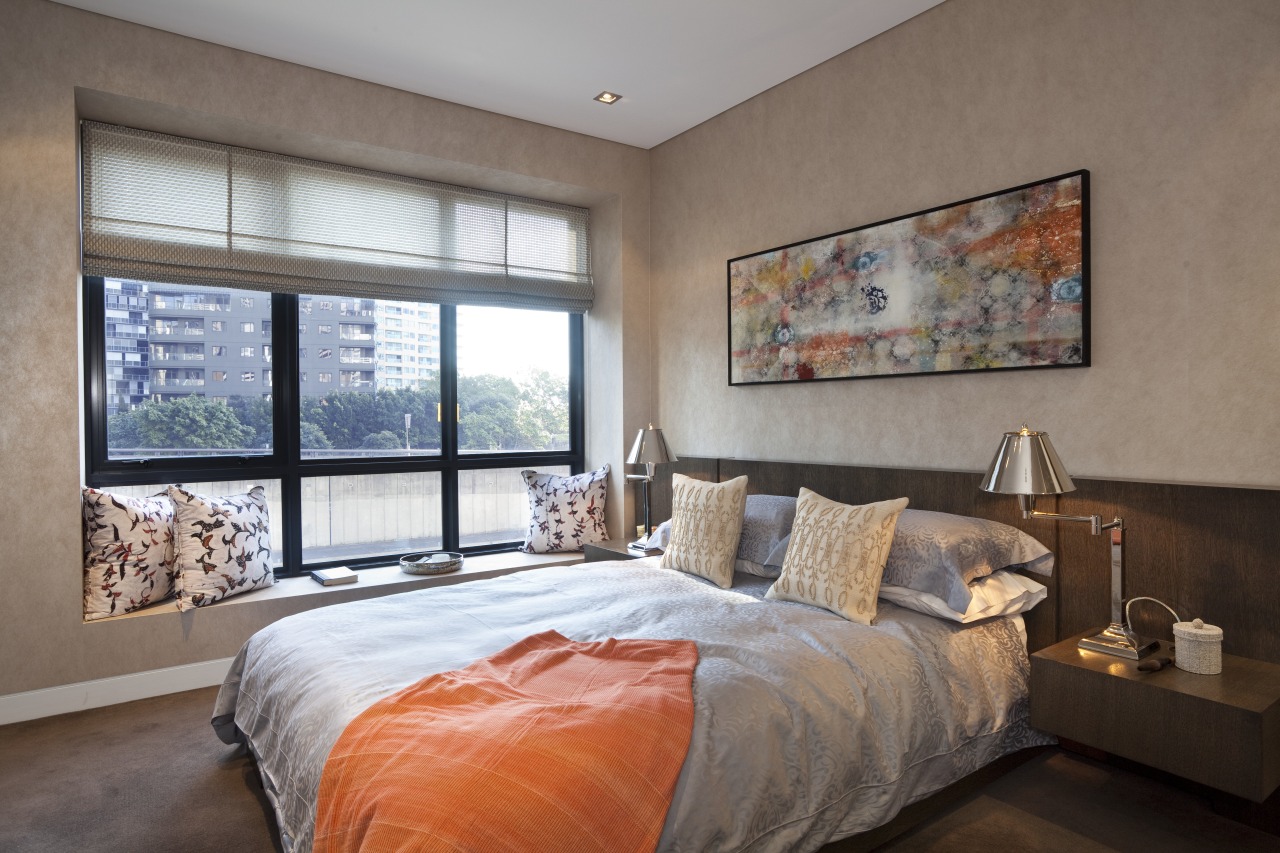Historic bedrock
Located within Australia's first neighbourhood, this new terrace house brings modernity to tradition
A little over two centuries ago, European settlement of Australia began in earnest, and the area surrounding the newly named Sydney Cove was the epicentre of that new colony.
The following years were marked by the rise and fall of fortune the area experienced. At the start of the 20th century plans were made for much of the area to be demolished, but these were put on hold due to the outbreak of World War I. Similar plans were put on hold again at the outbreak of World War II, and it wasn't until the early 1970s that this issue was again raised. At that time a residents' group was established with the goal of preserving what remained of the area's history.
That effort is in part responsible for the area becoming the tourist draw that it is today, and one of the most sought-after residential areas in the city. Sympathetic development continues and any new residential stock that becomes available is eagerly anticipated, says interior designer Thomas Hamel.
"The very historic foundation of The Rocks area is its allure. To have that level of history to hand, literally on your doorstep, is an attractive proposition for many."
Situated within the heart of this historic district and part of a larger high-rise apartment development, the featured terrace house is one of five constructed over the heritage-listed, Walter Reynell & Sons building.
"The first thing that struck me about these houses is that they're really connected to their surroundings, in an architectural sense. There is a house-like sense of solidity to them, that you don't get with an apartment, which I wanted to bring out in the interior design," says Hamel.
"The first step was to find a light fitting for the double-height void. The space called for something sculptural, with a dramatic presence regardless of whether it was switched on or not, and one that was accessible from both levels."
"Another unifying feature is the cabinetry that runs the length of one wall, beginning at the kitchen where it contains the appliances, and ending in the living area where it morphs into storage. Together, the cabinets create a line of sight that leads the eye through the connecting spaces to the landscape outside."
With a strong underlying geometric motif already established, Hamel chose to inject depth through layers of texture and the introduction of pieces with a more organic shape.
"The incorporation of Afghani tribal rugs achieves two important results. They add a layer of natural texture which reinforces the link with the outdoors while subtly defining the different spaces.
"Similarly, the Emmemobili coffee tables add a sculptural element to the space, while the separate pieces help disguise the overall bulk."
This is a design device Hamel has used throughout the home. The asymmetrical top on the dining table, and design of the chandelier all work to minimise the perceived size of the pieces. They also give the designer license to break away from the traditional centre line.
"The use of space is key to the success of this design. A free-flowing aesthetic has been achieved because each piece works in harmony. The skylights, and the play of light and shadow they create, establish the sculptural, man-made basis of the scheme, while the material choice and soft furnishings work to reference the natural environment.
"As a whole there is a dynamism, an almost kinetic resonance that is a combination of the slightly industrial elements such as the staircases, which ground the design, and the sense of lightness and airiness achieved through the overall design itself."
Story by: Trendsideas
Home kitchen bathroom commercial design
